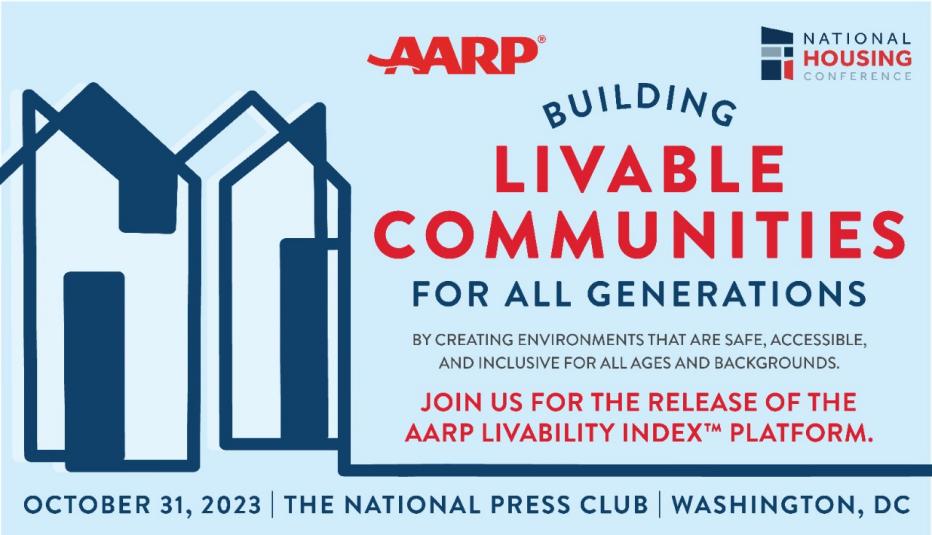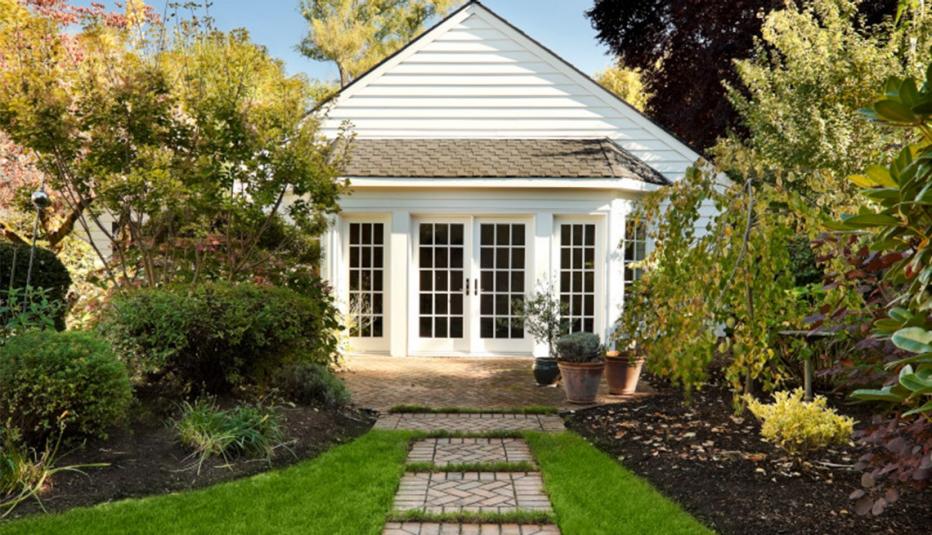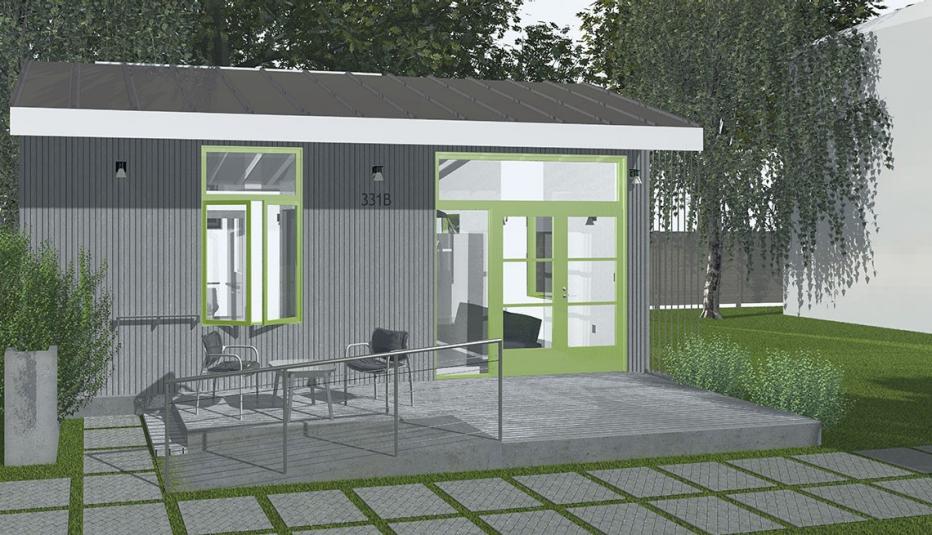AARP Hearing Center
Andrew Kochera
AARP Public Policy Institute
The Low-Income Housing Tax Credit (LIHTC) was established as part of the Tax Reform Act of 1986 and has since become the major federal subsidy program supporting the construction of affordable rental housing units. Between 1987 and 1998, more than 700,000 units for low-income residents were completed under the program. Until now, however, relatively little has been known about how the program is serving the needs of older low-income renters. In this paper, Andrew Kochera reviews the results of an AARP Public Policy Institute survey of nearly 1,600 owners of tax credit properties. Analysis is provided both for mixed age LIHTC properties and those developed primarily for older residents. Topics include: property and resident characteristics, supply and demand of LIHTC housing, accessible features, supportive services, and additional sources of subsidy.
MORE FROM AARP


Forum: Building Livable Communities for All Generations
On October 31, 2023, AARP and the National Housing Conference (NHC) co-hosted “Building Livable Communities for All Generations,” an in-person and online event to discuss the importance of creating communities that are safe, accessible, and inclusive for all ages and backgrounds.


Affordable In-Law Suites and Backyard Bungalows: Capturing Opportunities in Accessory Dwelling Units
Only July 17, 2019, AARP national housing experts hosted a livestream event sharing insights into the latest accessory dwelling unit (ADU) design options and stories from families who are taking advantage of this growing and innovative solution.

































































